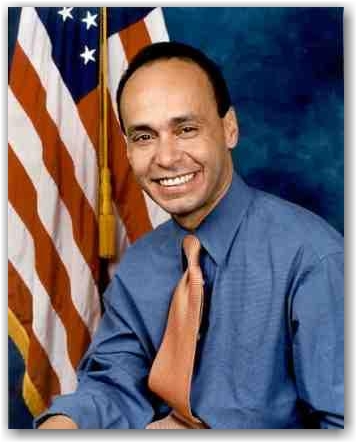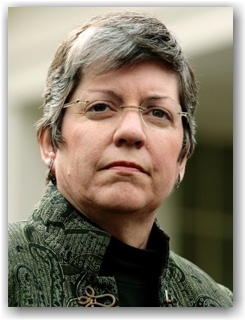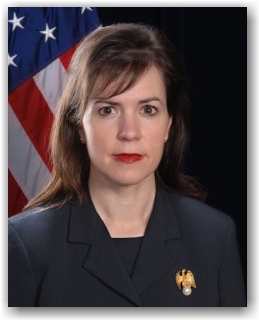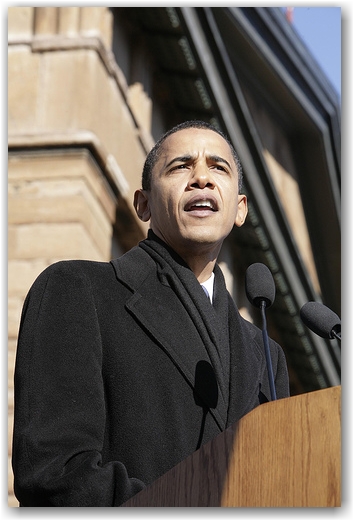By Brandon Meyer
Contributing Writer and Associate
I attended the 21st Annual AILA California Chapters Conference, held November 13-15, 2008 in San Francisco, California. Subtitled “Keeping the Golden Gate Open (Or are we headed for Alcatraz?),” the assembled panels and panelists discussed numerous issues related to business immigration. The “Hot Topics” panel expressed optimism that comprehensive immigration reform (“CIR”) was highly probable in the forthcoming Obama Administration, based on their analysis of election results, which saw the defeat of several anti-immigrationists at the polls. Although the panel agreed that CIR was unlikely during the current lame-duck session of Congress, they believe that a window of opportunity will open sometime between the end of the current financial crisis and the 2010 Congressional elections. 
The “Hot Topics” panel also discussed how the USCIS is working toward the creation of a company account system, which would allow companies to register with USCIS and update corporate information on-line. Designed to eliminate the need for companies to provide basic corporate information for every case they file, saving both company and USCIS resources alike, USCIS admits that implementation of this company account system remains a long-term project.
Furthermore, the “Hot Topics” panel discussed the implications of a recent USCIS report that estimated that 21% of H-1B petitions are fraudulent. In order to reduce this number, USCIS plans to introduce improved filing instructions as a means of reducing technical violations (such as when a job title differs on Form I-129 and a company support letter). USCIS also has plans to initiate the visitation of job sites in a manner akin to the religious worker program. The site visit program is bound to generate controversy, but may be useful in maintaining the long-term credibility of the H-1B program.
Also forthcoming is a new nonimmigrant visa application form, the so-called DS-160. Touted as a combination of the current panoply of visa application forms (the DS-156, DS-157, and DS-158), the DS-160 is described as a “challenging form.” The information entered into this online DS-160 will be stored by the U.S. Department of State (“DOS”) for an indefinite period of time, which will then allow DOS officials to cross-reference all future visa applications for inconsistent answers provided by an applicant. Thus, visa applicants will need to be more diligent in providing accurate and consistent answers on the DS-160 to avoid complications in receiving visas in the future.
On a positive note, the “Hot Topics” panelists discussed how U.S. consular posts in Mexico would begin issuing visas to third-country nationals (“TCN’s”), provided that the applicant’s first visa in a particular visa category was issued in their home country. TCN’s seeking B-1/B-2 visitor visas or who are the beneficiaries of a change of status (for instance, from F-1 to H-1B) will not be able to participate in this program.
The Department of Labor (“DOL”) envisions that it will continue its current policy of auditing between 30%-40% of labor certification applications for the foreseeable future. Furthermore, DOL will scrutinize unemployment data in order to determine the availability of US workers on a regional and industry-wide basis. The practical implications of this policy will be that if unemployment continues to rise, labor certification applications will be subject to additional scrutiny, which may lead to a greater number of denials, audits, and remands for supervised recruitment by DOL.
Reapportionment of workloads within USCIS, an almost never-ending process, will continue with an anticipated transfer of an unspecified number of pending I-140 petitions from the Nebraska and Texas Service Centers to the California Service Center in an effort to reduce processing times. This will certainly be good news for our nurses who have Schedule A cases still pending (outside of the processing report) with Nebraska from March-June 2007.
USCIS officials also stated that filing procedures for new H-1B petitions for fiscal year (“FY”) 2010 (which cannot be filed prior to April 1, 2009 for a start date no earlier than October 1, 2009) would be the same as FY 2009. This means that USCIS will accept new H-1B petitions during a five-day window, in order to prevent the previous spectacle of mass filings of petitions all arriving at USCIS on April 1st. If the number of petitions received during this filing window exceeds 59,200 for regular H-1B petitions and 20,000 for beneficiaries with U.S. Master’s degrees or higher, then a lottery will be conducted among the petitions received during this filing window. The dates of the new H-1B filing window will be confirmed by USCIS at a later date.
In summary, the mood was one of trepidation over the expansion of the E-Verify program (which allows registered employers to check the work-authorized status of their employees online) and greater issuance of so-called “No-Match” letters (in which the government cross-references the names and social security numbers of a company’s workforce with its own records, then notifies the company if there is a discrepancy), mixed with a mood of optimism that CIR is a real possibility. The assembled panelists and practitioners alike also expressed concern that H-1B and L-1 petitions, as well as labor certifications, will be subject to greater scrutiny and consistently burdensome requests for additional evidence. Only time will tell whether these hopes or fears will materialize. Either way, 2009 will not be dull for business immigration.







